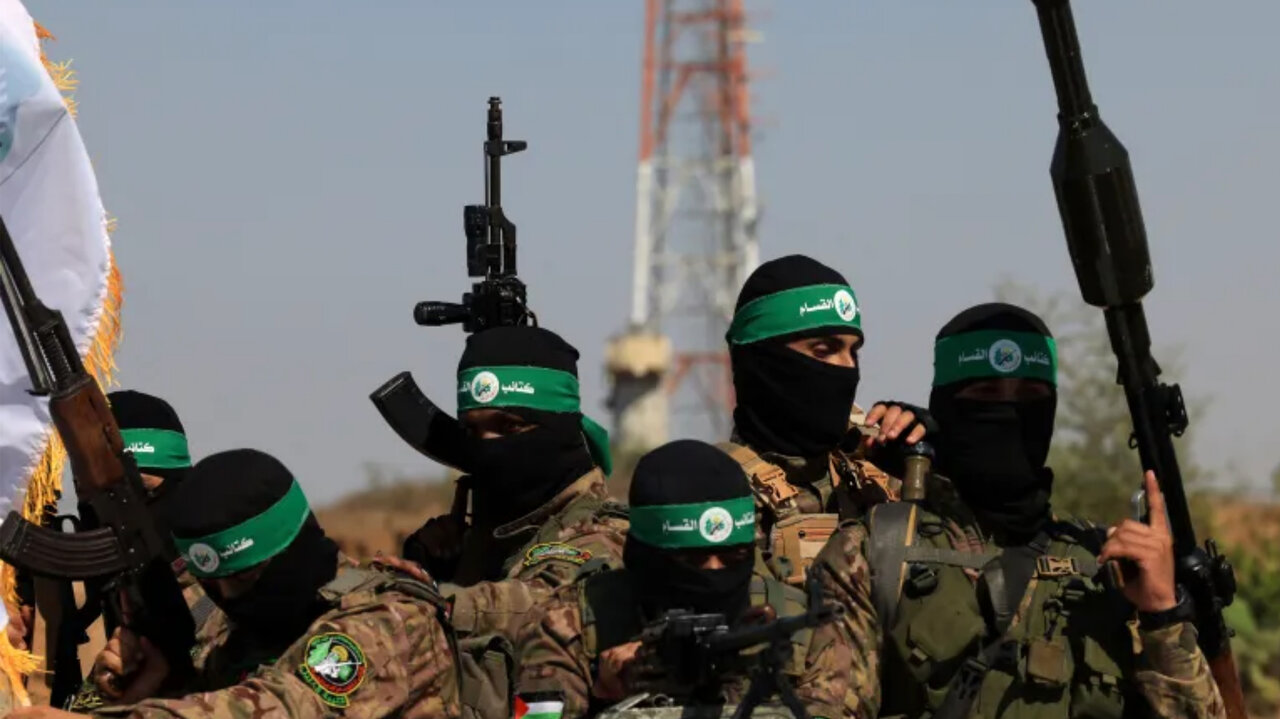By Aymun Moosavi

LONDON - The occupation entity has made several miscalculations during its war on Gaza that have left it cornered and vulnerable. These miscalculations came as a direct result of the entity being pushed to adopt a risky strategy with uncertain outcomes because it was unprepared to deal with the scale of force it was confronted with by the resistance movement.
This has been proven by the sheer fact that they have achieved none of their established goals in Gaza more than 10 months into the war, including completely dismantling the Gazan resistance and bringing settler hostages home. Due to its strategic failures on the battlefield, the occupation regime has been forced to devise a more achievable goal, which is creating the appearance of victory that is enough to secure its survival after the war.
The assassinations of Ismael Haniyeh, Fouad Shukr, and Saleh al Arouri in January this year, all leveraged their strongest asset which is their intelligence capabilities but ultimately failed in achieving its expected result of weakening the resistance and mending their shattered image of deterrence. In fact, it only strengthened it by facilitating the leadership of Yahya Sinwar, turning their worst nightmare into a reality. Sinwar dedicated more than two decades of his time in the occupation's prison cells to deepening his understanding of the entity and is known for being the mastermind behind Al Aqsa Flood. Bearing strong ties to the regional resistance, he continues the trajectory of the late Haniyeh before him, proving that the assassination was unsuccessful in knocking the Gazan resistance off balance. The war concluding with Sinwar in power would be a slap in the face to the entity.
Through this grave miscalculation, the occupation also facilitated a new organizational phase for the Gazan resistance by bringing the diplomatic leadership which has traditionally remained in Qatar right into the heart of Gaza, which is a territory they do not strategically understand and have not had a presence in since 2005. For the resistance, this move highlighted the confidence it has in maintaining the upper hand.
If the goal of assassinating the Gazan resistance’s key negotiator was to pressure it to meet the entity’s demands, it failed to do so, as the resistance announced its withdrawal from new negotiations until the existing terms are met, indicating that the assassination has only made the resistance more headstrong and less likely to accept a deal that buys the entity time.
The entity’s risky strategy relies on confidence that the US will offer blanket support if a regional war were to start, which would pull attention away from Gaza and shift the fight to one between Iran and the US, guaranteeing cover for the entity. This confidence has allowed them to adopt a strategy that risks regional war, as their position will likely be secure either way; the US will offer blanket support if it does, and the resistance will keep their responses restrained to prevent one from ensuing in line with its own strategic calculations. While it is clear that the US will fight on behalf of its entity during this war, it is also clear that it is not in its interest to expand the war into a fight with Iran and the Lebanese resistance which it knows it could barely handle; the US has already suffered numerous successful attacks on their assets in the Red Sea by Ansar Allah, and US bases in the region by the Iraqi resistance.
A strategy which relies on such precarious methods and assumptions is an indication that this is a war of survival for the entity, rather than one in which they have the upper hand. The cards they have been dealt with are not favorable, and their strategy relies on assumptions made about the strategic decisions of external players- the entity does not have control in either scenario.
For the breakdown of the US-‘Israeli’ relationship to begin, the US would need to see that the entity is becoming an obstacle to its interests. Blanket support for the entity has traditionally rested on a guarantee that the entity would fulfill its functional role as the protector of Western interests in the region by maintaining an offensive posture, but it is now on the defensive. The resistance’s operations have been key to facilitating this outcome which has exposed the occupation’s fragility, and shown that it is willing to do anything to ensure its survival, including dragging the US into a regional war that it would rather not fight.
Pressure is also mounting on the occupation entity from all sides to wrap up the war soon on favorable terms even from within the entity, with Benny Gantz blaming Netanyahu for all strategic failures, and Defense Minister Gallant engaging in what Netanyahu called “anti-Israel” rhetoric by shunning his claim that “total victory” in Gaza is still achievable.
The occupation's pivot to the negotiating table right after carrying out a series of assassinations reflects the rush to reach a settlement quickly to buy time ahead of the Iranian retaliation. It was once again unprepared for the level of psychological warfare being thrown at them from all sides of the resistance. A video recently published by the Lebanese resistance unveiled the Imad 4 underground facility, reminding the occupation of their sophisticated deterrence capabilities as it waits in anticipation of the imminent attack. Airlines have suspended flights to the entity amid fears of Iranian retaliation, preventing the occupation from functioning normally. The occupation has therefore been severely disrupted and left to prepare for all kinds of attacks, while knowing that their position has already been compromised in previous battles with Iran and the Lebanese resistance which have exposed their key deterrence locations.
The occupation entity’s increasingly risky strategy has exposed it to major miscalculations, which prove that the terms of engagement are still being set by the resistance, while the entity is left scrambling to meet them.

No comments:
Post a Comment